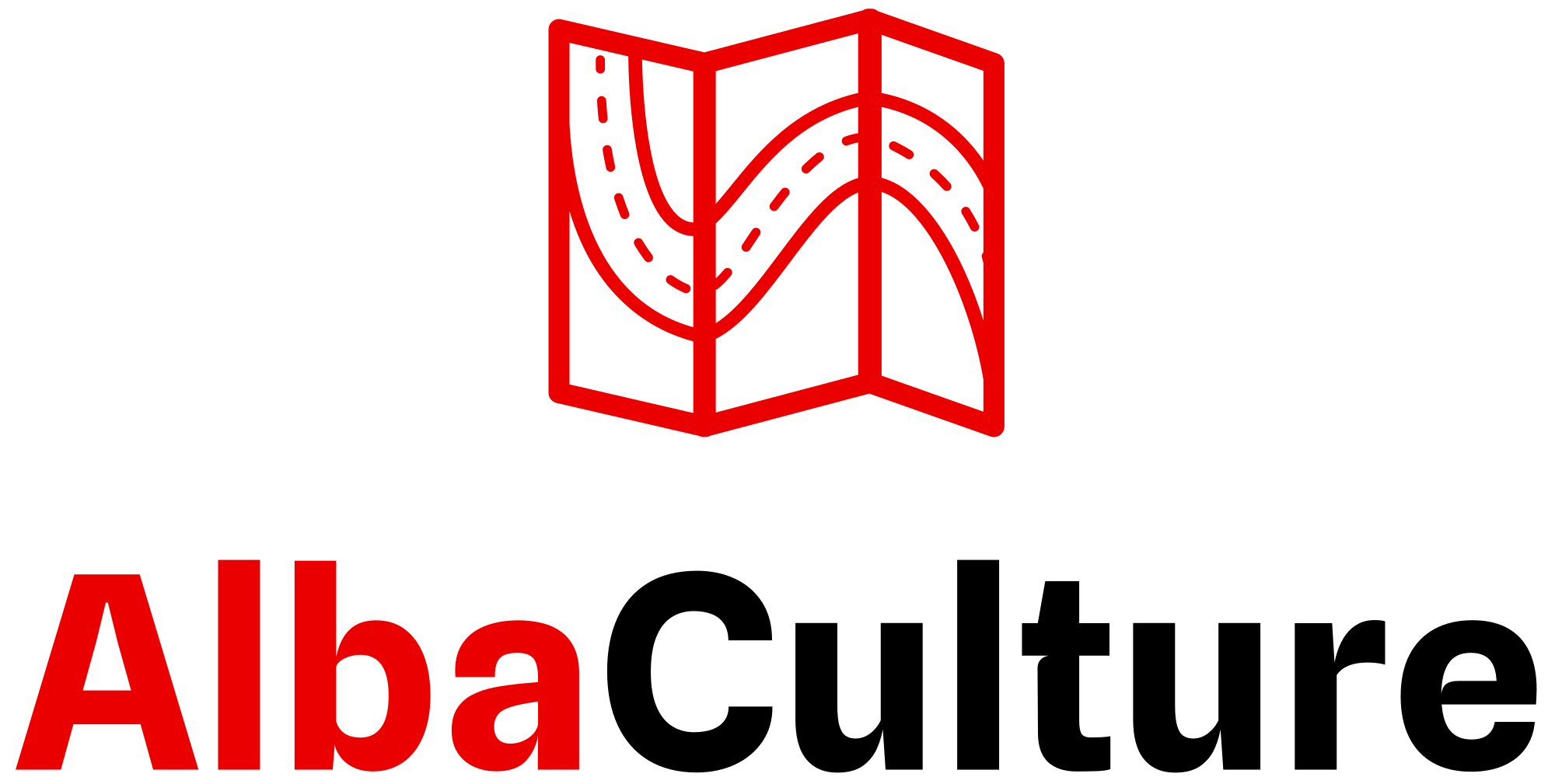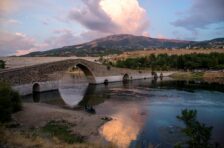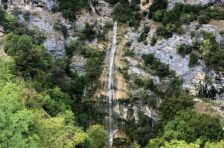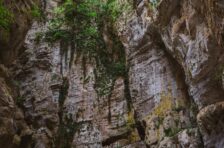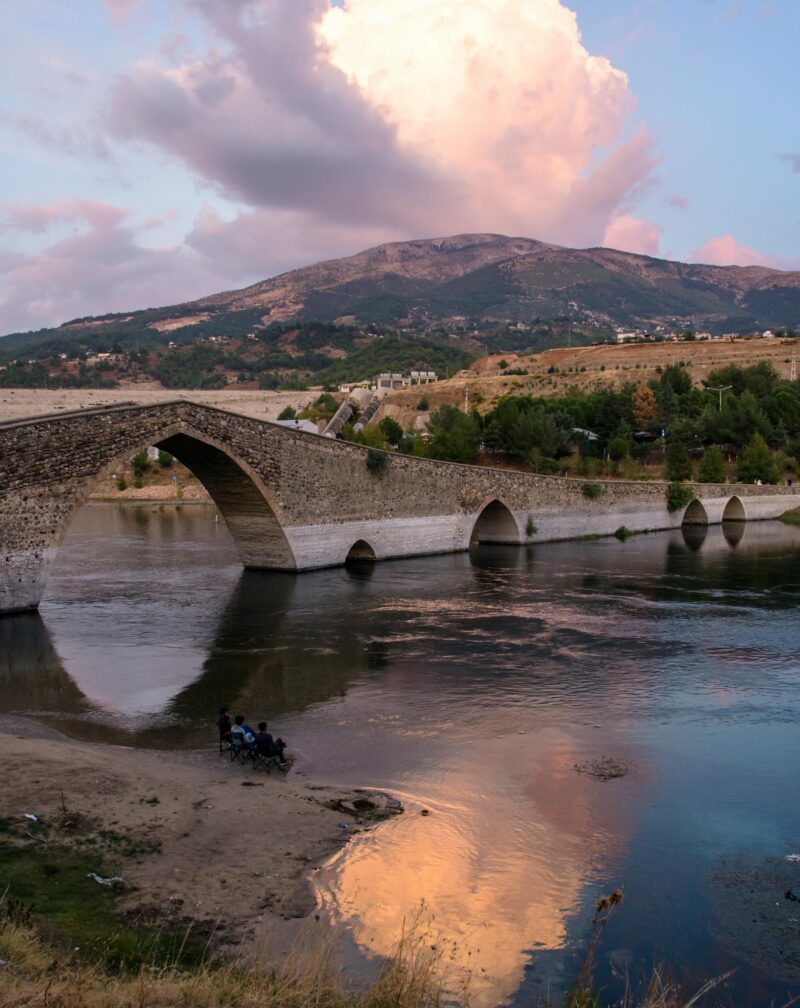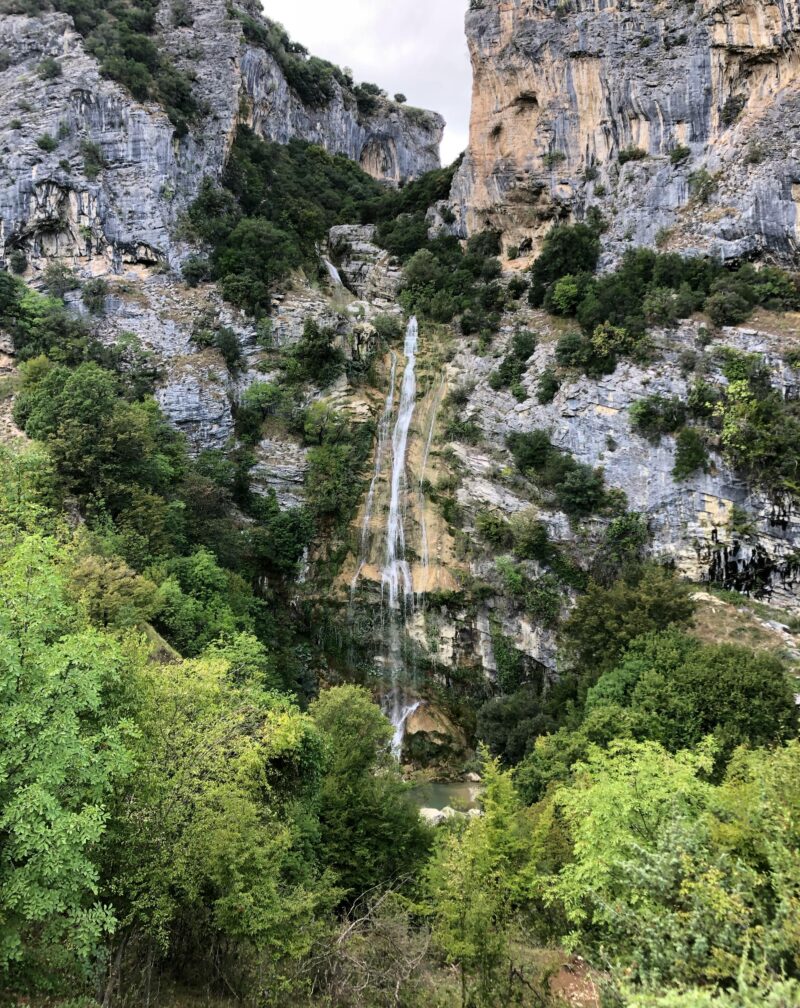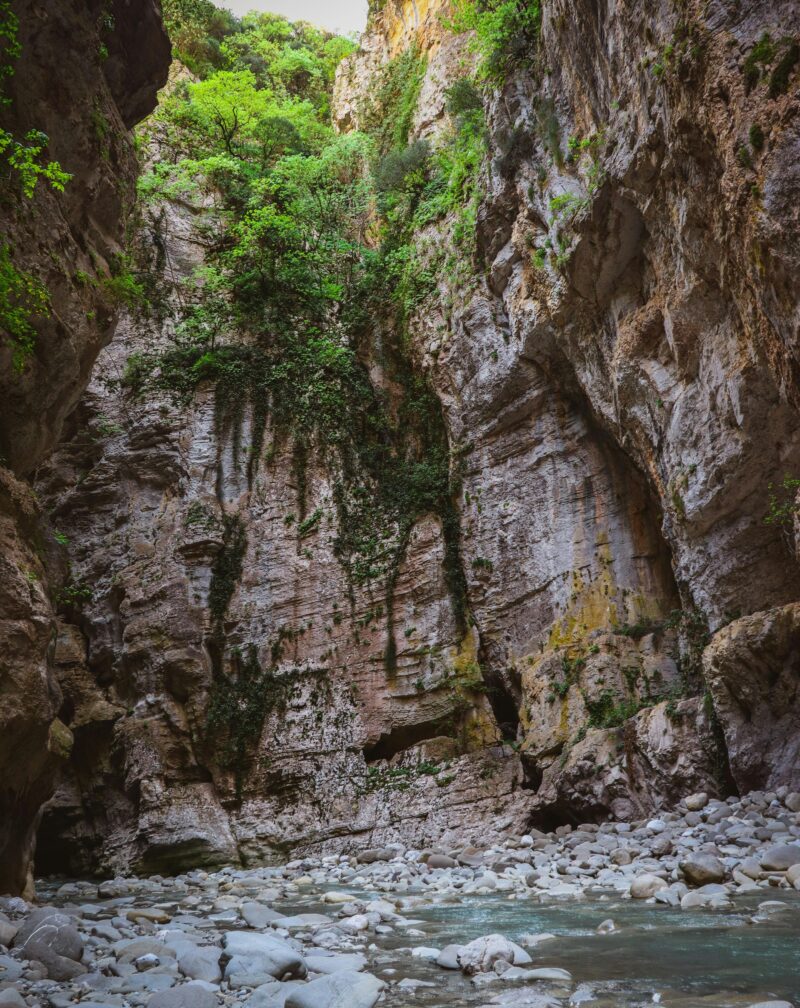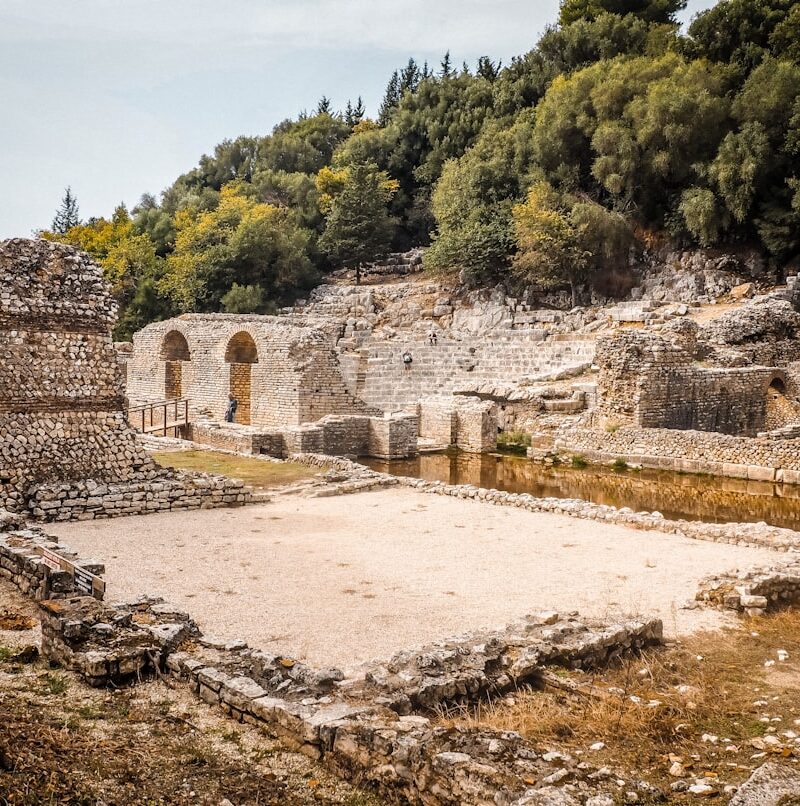Albania’s Colorful Capital
Tirana doesn’t look like European capitals you might know. There’s no medieval old town carefully preserved. No grand imperial boulevards. No world-famous museums or monuments.
Instead, Tirana shows you what happens when a city was essentially closed to the world for decades, then suddenly opened. Buildings painted in wild colors. Communist-era structures next to glass-and-steel modern construction. Cafes everywhere. Energy that feels almost chaotic but somehow works.
It’s not beautiful in the traditional sense. But it’s interesting, alive, and improving constantly.
Skanderbeg Square – The Center
Start here because everything radiates outward. The square was redesigned and reopened in 2017, transforming from traffic chaos to pedestrian space.
The equestrian statue of Gjergj Kastrioti Skanderbeg dominates—Albania’s national hero who resisted Ottoman invasion for 25 years in the 15th century. He’s everywhere in Albania, but this is the most prominent statue.
Around the square sit key buildings: Et’hem Bey Mosque, the National History Museum, the Opera House, various government buildings. You can cover the square in 20 minutes or spend hours exploring buildings around its perimeter.
The square is a meeting point, gathering space, and symbol of modern Tirana. People cross it constantly. Locals sit on the steps. Tourists take photos. It pulses with activity.
Et’hem Bey Mosque
Small but beautiful Ottoman Mosque from late 18th/early 19th century. What makes it remarkable is the interior frescoes—unusual for mosques, which typically avoid figurative decoration.
The mosque was closed during communist religious persecution but stayed standing. In 1991, 10,000 people entered for prayers despite authorities’ objections, marking the return of religious freedom.
You can visit when it’s not prayer time. Remove shoes, dress modestly. Women might need head covering (scarves usually available). The interior is worth seeing—delicate decorations, peaceful atmosphere, historical significance.
The clock tower next door is 19th century, and you can climb it for city views if you don’t mind stairs.
National History Museum
Largest museum in Albania. The socialist-realist mosaic on the facade (“The Albanians”) immediately identifies it—heroic figures representing Albanian history across eras.
Inside, exhibits cover everything from Illyrian artifacts through Ottoman period, independence, communist era, and beyond. It’s chronological, sometimes dense, but comprehensive.
The communist-era section is particularly interesting—propaganda posters, Hoxha memorabilia, the bizarre and tragic history of isolation. Some exhibits maintain pro-communist perspectives, which is historically interesting.
Allow 2-3 hours if you’re thorough. Less if you’re selective. English information exists but isn’t comprehensive.
Entry costs a few hundred lek. Photography policies vary by section.
Blloku District – Forbidden Zone to Hip Quarter
This neighborhood was restricted during communism—literally walled off, reserved for party elite including Hoxha himself. Regular Albanians couldn’t enter.
Post-1991, Blloku transformed into Tirana’s trendiest area. Cafes, restaurants, bars, boutiques, galleries. Young people, expats, hipsters. It’s where Tirana goes to see and be seen.
Hoxha’s former villa sits on Deshmoret e Kombit Boulevard, now an ordinary street rather than a forbidden zone. It’s not a museum—just a house with historical significance.
Walking Blloku shows modern Albanian urban culture. Cafe culture is strong people sit for hours over coffee, socializing, watching passersby. Join them. Order macchiato or espresso, sit outside, absorb the atmosphere.
Evenings bring more energy. Restaurants fill. Bars open. Weekend nights get genuinely lively.
Pyramid of Tirana
A controversial concrete pyramid designed as a museum to Enver Hoxha, opened in 1988, just before the regime collapsed. It’s been empty for years, occasionally used for temporary events, slowly deteriorating.
What happens to it remains debated. Demolish it? Renovate it into something useful? Leave it as monument to failed dictatorship?
Currently, young people climb on it, sliding down the sloped sides. It’s inadvertently become a public recreation space, which has its own poetry—elite monument turned into playground.
You can’t enter (it’s closed and unsafe), but you can walk around it and climb on the exterior if you’re reasonably fit. The views from the top are decent.
Its architectural curiosity, historical artifacts, and urban problems rolled into one structure.
House of Leaves (Shtëpia me Gjethe)
Former Sigurimi (secret police) surveillance building, now museum documenting Albanian communist oppression and surveillance state.
Exhibits show spy equipment, listening devices, interrogation techniques. Personal stories of victims. The building itself held surveillance equipment monitoring Albanian citizens.
It’s sobering and chilling. The banality of surveillance tools—hidden cameras, recording devices disguised as everyday objects—makes the invasion of privacy tangible.
English information is available. Allow 1-2 hours. It’s not entertaining, but it’s important for understanding what Albanians lived through.
Entry costs around 700 lek.
Grand Park and Artificial Lake
Tirana’s green lung. Locals come to walk, jog, bike, sit by the lake, escape urban density.
The park is large—walking perimeter takes an hour. Artificial lake was created in the 1950s through forced labor. Now it’s peaceful, with cafes around edges, boats for rent, tree-lined paths.
It’s where Tirana comes to relax. Families with children. Couples. Elderly people meet friends. It’s ordinary urban park, but seeing daily Albanian life makes it worthwhile.
The area includes outdoor bars and restaurants popular with young Tirana residents. Weekend evenings bring crowds.
BunkArt 1 and BunkArt 2
Two museums created in converted communist-era bunkers.
BunkArt 1 is a massive underground complex built into a mountain on Tirana’s outskirts. It was designed as a nuclear bunker for government leadership, never used for its intended purpose.
Now it houses exhibits about communist history, the bunker paranoia, Albanian life under dictatorship. Also, contemporary art installations. The bunker itself—endless concrete corridors, rooms designed for post-nuclear survival—is as interesting as the exhibits.
You need a taxi or car to reach it (about 20 minutes from the centre). Allow 2 hours to explore thoroughly.
BunkArt 2 is in central Tirana, much smaller, focuses specifically on Ministry of Interior and secret police operations. More accessible, quicker to visit (1 hour), but less impressive as physical space.
Both costs around 700 lek entry. Choose BunkArt 1 if you’ll only visit one—it’s more comprehensive and the bunker itself is remarkable.
Dajti Mountain Cable Car
Cable car (Dajti Ekspres) runs from eastern Tirana to Mount Dajti summit. The ride takes about 15 minutes, rising from 300m to 1,050m altitude.
Views during ascent are excellent—Tirana spreading below, mountains beyond. At the top, you’ll find a restaurant, walking trails, and observation points.
It’s a popular weekend destination for local families. Weekdays are quieter.
The cable car costs around 1,000 lek return. Operating hours vary seasonally. Top can be significantly cooler than Tirana—bring a layer.
Some visitors find it overpriced for what it offers. Others enjoy the views and escape from city heat. It’s not essential but pleasant if you have time.
Pazari i Ri (New Bazaar)
Renovated market area with produce, meat, fish, spices, plus surrounding restaurants and cafes.
It’s a functional market where Tirana residents’ shop, but also increasingly touristy with upscale restaurants around the perimeter.
Walk through market to see local life, Albanian ingredients, and food culture. Vendors call out their products. Prices are displayed (mostly). It’s sensory experience—colors, smells, activity.
The surrounding cafes and restaurants are pleasant for coffee or meals, though more expensive than elsewhere in Tirana.
National Art Gallery
Socialist realist art collection—heroic workers, idealized peasants, Hoxha portraits. It’s fascinating as cultural artifact showing how art served propaganda.
There’s also contemporary Albanian art. Quality varies, but it shows Albanian artistic development post-communism.
Entry is cheap (a few hundred lek). Allow 1 hour. It’s not world-class gallery, but it’s interesting for understanding Albanian cultural history.
Tanners’ Bridge (Ura e Tabakëve)
Small Ottoman-era stone bridge from the 18th century. It’s one of Tirana’s few remaining historical structures predating the 20th century.
It’s literally just an old bridge—you can see it in 5 minutes. But it’s charming survival in city that lost most of its Ottoman heritage.
Located near Skanderbeg Square, easy to include while walking around the centre.
Religious Sites
Beyond Et’hem Bey Mosque, Tirana has other religious buildings:
Orthodox Cathedral (Resurrection of Christ) is large, modern, and impressive architecturally. Built in 2012 after communism’s fall.
St. Paul’s Catholic Cathedral serves Tirana’s Catholic community. Modern construction replacing churches destroyed under communism.
Bektashi World Center is unique headquarters of mystical Islamic sect found mainly in Albania. The complex includes tekke (lodge), gardens, and administrative buildings. You can visit and meet with community members who explain Bektashi beliefs and practices. It’s fascinating introduction to this branch of Islam that’s distinctly Albanian.
Street Art and Murals
Tirana has embraced street art. Buildings throughout the city feature murals and graffiti art. Some are officially commissioned, others spontaneous.
The colorful building facades Tirana is known for started as mayoral initiative to brighten city during early 2000s. Buildings were painted in wild color combinations—yellow, pink, green, blue, patterns and solids.
Results are divisive aesthetically but undeniably distinctive. Tirana doesn’t look like anywhere else.
Shopping
Tirana East Gate and other malls offer international brands and modern shopping if that interests you.
Pazari i Ri area has shops selling Albanian products, crafts, souvenirs.
Various antique shops (around city) sell communist-era memorabilia if you want propaganda posters or Hoxha tchotchkes.
Traditional bazaars like Krujë offer better craft shopping, but Tirana has options if you’re not going elsewhere.
Nightlife
Tirana has surprisingly good nightlife. Blloku fills with bars and clubs on weekends. Music ranges from traditional Albanian to electronic to international pop.
Specific venues change frequently—clubs open and close, popularity shifts. Ask locally or at your hotel for current recommendations.
Albanians go out late and stay out late. Don’t show up at 9 PM expecting crowds—nightlife peaks around midnight.
Drinks are reasonably priced compared to Western Europe. Beer costs few hundred lek, cocktails under 1,000 lek typically.
Day Trips from Tirana
Tirana works as base for day trips:
- Krujë (1 hour) – castle, bazaar, Skanderbeg Museum
- Durrës (40 minutes) – Roman amphitheater, beach
- Berat (2 hours) – UNESCO town (long day trip)
- Bovilla Lake (30 minutes) – nature, hiking, reservoir
How Long to Spend
One full day covers main Tirana highlights superficially. Two days allows museum visits and Blloku atmosphere absorption. Three days includes day trips and deeper exploration.
Many travelers use Tirana as arrival/departure point, spending one night before heading elsewhere. This works, though Tirana deserves more time than many give it.
Getting Around Tirana
Center is walkable. Skanderbeg Square to Blloku is 15-minute walk.
Taxis are cheap (500-800 lek across central areas). Bolt app works well.
Public buses exist but are confusing for visitors. Taxis are cheap enough to skip navigating bus system.
The Tirana Experience
Tirana won’t wow you with architectural beauty or world-famous monuments. What it offers is energy, transformation, and insight into Albania’s complex history and hopeful present.
It’s city figuring itself out in real time. Not everything works perfectly. Some areas are ugly. But there’s vitality that polished capitals sometimes lack.
Give Tirana a chance beyond first impressions. The colorful buildings grow on you. The cafe culture becomes appealing. The mixture of communist remnants and modern development tells Albania’s story more clearly than any museum exhibition.
It’s not pretty in the way Prague or Vienna are pretty. But it’s alive in ways that matter more.



